Scott Flying Squirrel
A speeding Scott was a fine sight, and also a treat for the ears with its high- pitched and very distinctive two-stroke 'yowl’.
Although more conventional than the earlier cylindrical-tanked Scotts in its appearance, the Flying Squirrel was still an unusual looking bike, and changed little over the years.
Few bikes have been produced for so long with so few changes to either its personality or technical specification as the Scott Flying Squirrel. When introduced in 1926, as an updated version of the Yorkshire firm’s two- stroke parallel twin, the Flying Squirrel was available in either 498 or 596cc capacity, and it was notable for its conventional frame and fuel tank, instead of the open frame and cylindrical tank of earlier Scotts.
When the last Flying Squirrel was built in 1978, more than half a century later, it not only looked very similar but still had a 596cc two-stroke engine that had barely been updated since gaining detachable cylinder heads in 1934. By the end of its life the Scott was being built in tiny numbers, and had long since lost any claim to competitive performance. Even so, the model’s long life gave an indication of the advanced design of the original, and the high regard in which Scotts were held by a devoted band of owners.
Sounds distinctive
Sales and development work were very limited for the last half of the Flying Squirrel’s life. Founder Alfred Scott had died of pneumonia in 1923, and the firm had struggled financially since the early 1930s. But the two-stroke continued to offer lively performance, as well as the distinctive feel and sound that dated back to the advanced twins with which Scott had entered production in 1904.
In 1939, just before the Second World War interrupted production, the firm’s new Clubman's Special, also with 596cc capacity, was timed at over 90mph (145km/h) by Motor Cycling magazine. The Scott was described as ‘a delightful machine capable of effortless high-speed cruising’, although the tester noted that there was room for improvement in the way the bike handled over the bumps at Brooklands circuit.
The post-war Flying Squirrel brochure claimed that: ‘Silence, performance, simplicity and smoothness give the Scott an individuality which cannot be rivalled by any other make of machine.’ The brochure went on to praise ‘the effortless power of the two-stroke twin: the smooth acceleration; its carefree stability; its insatiable thirst for hard work; its never tiring glide; no vibration; no clatter; no fuss; just the powerful yet pleasing musical purr of the exhaust.’
Some of that was typical advertising hype, but there was no doubt that the Flying Squirrel combined unusual style with a fair degree of performance. Its ability to sit smoothly at 70mph (113km/h) was impressive, as was the charismatic ‘yowl’ from the exhaust at high revs. For many riders the stroker’s main drawback was not its performance but the regular maintenance required to keep it running well.
In 1947 Scott improved the chassis by replacing its girder forks with air forks, which worked quite well until the air seals wore. The rigid rear end was superseded in 1956 by a twin-shock frame introduced by new owner Matt Holder, a marque enthusiast who had taken over the bankrupt firm in 1950 and moved production to Birmingham. But Holder made few other attempts to improve the Scott after almost 30 years, and built fewer than 300 bikes in total.
Silk - a Scott for the 1970s
Although the Flying Squirrel changed little over the years, it inspired a new and more modern two-stroke parallel twin: the Silk 700S. George Silk was a Scott enthusiast who created a compact 653cc engine with electronic ignition, uprated lubrication and a peak output of 47bhp. Neatly styled and with a light, rigid frame from Spondon Engineering, the 700S handled superbly and was capable of 110mph (177km/h) when introduced in 1972. Despite the Silk's high price, more than 100 were sold, but production was not profitable and ended in 1979.
Specification Scott Flying Squirrel (1947)
- Engine Liquid-cooled two-stroke parallel twin
- Capacity 596cc (73 x 71.4mm)
- Maximum power 30bhp @ 5000rpm
- Transmission Three-speed, chain final drive
- Frame Triangulated tubular steel
- Suspension Telescopic front; none rear
- Brakes Drum front and rear
- Weight 407lb (185kg)
- Top speed 90mph (145km/h)
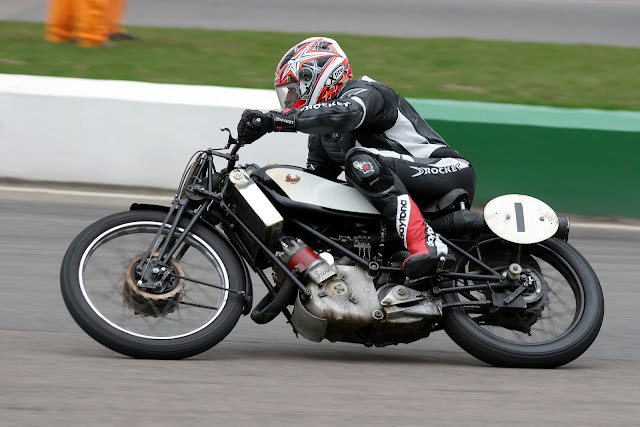
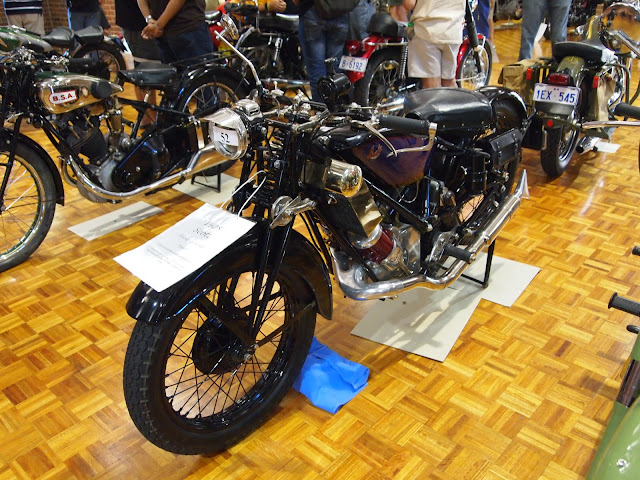


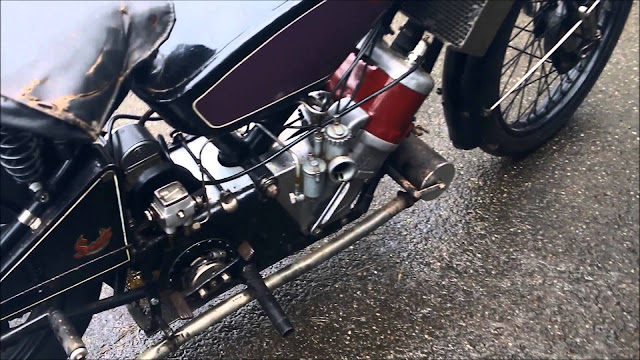



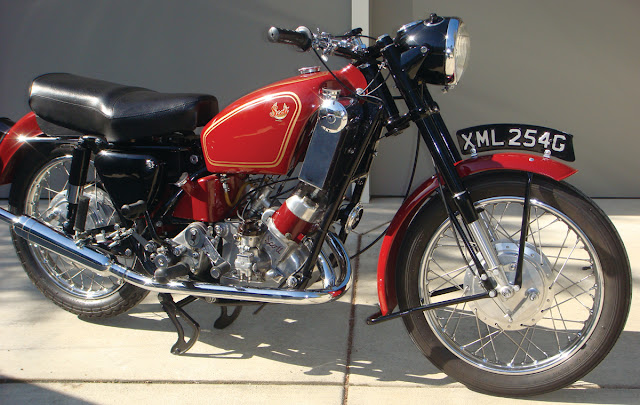
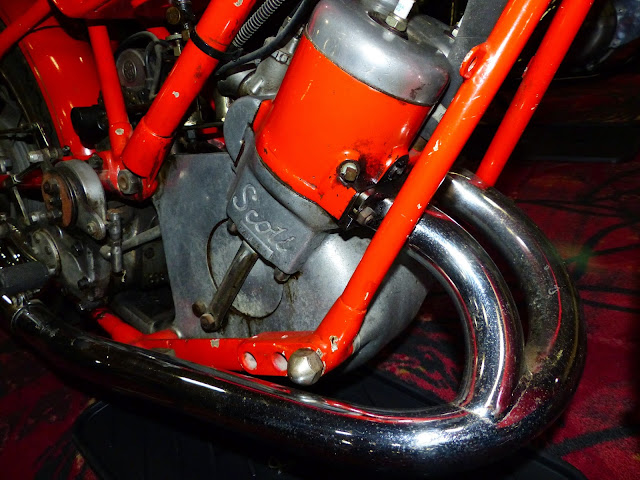









![Bridgestone Logo, HD, Png and Vector Download Desk Screen [Jan-2018] Bridgestone Logo, HD, Png and Vector Download Desk Screen [Jan-2018]](https://4.bp.blogspot.com/-7vi_XzJzKuw/WeGVPjZaVcI/AAAAAAAAOcE/VDyGdVh4E6gwAvSR9qKoNvCTbdAop6MgACLcBGAs/s72-c/bridgestone%2Bb%2BLogo%2BVector%2Bwallpaper.jpg)
0 comments: